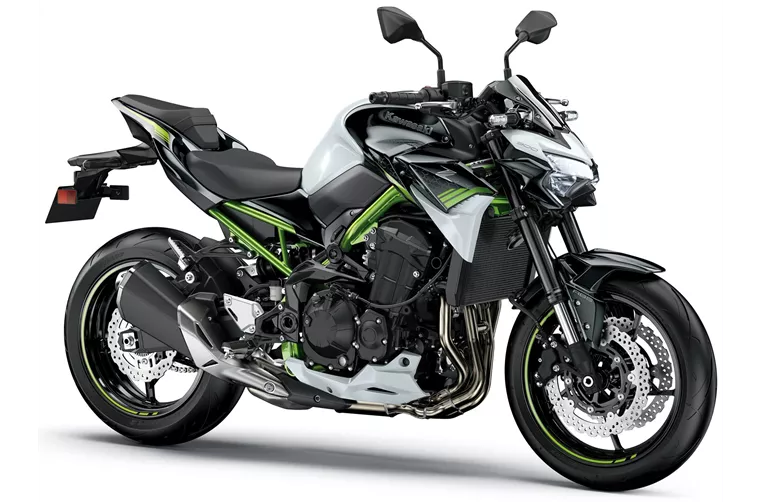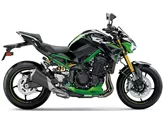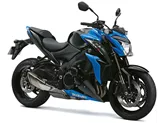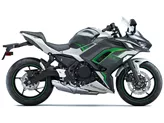Kawasaki Z900 2020 vs. Kawasaki Z1000 2013
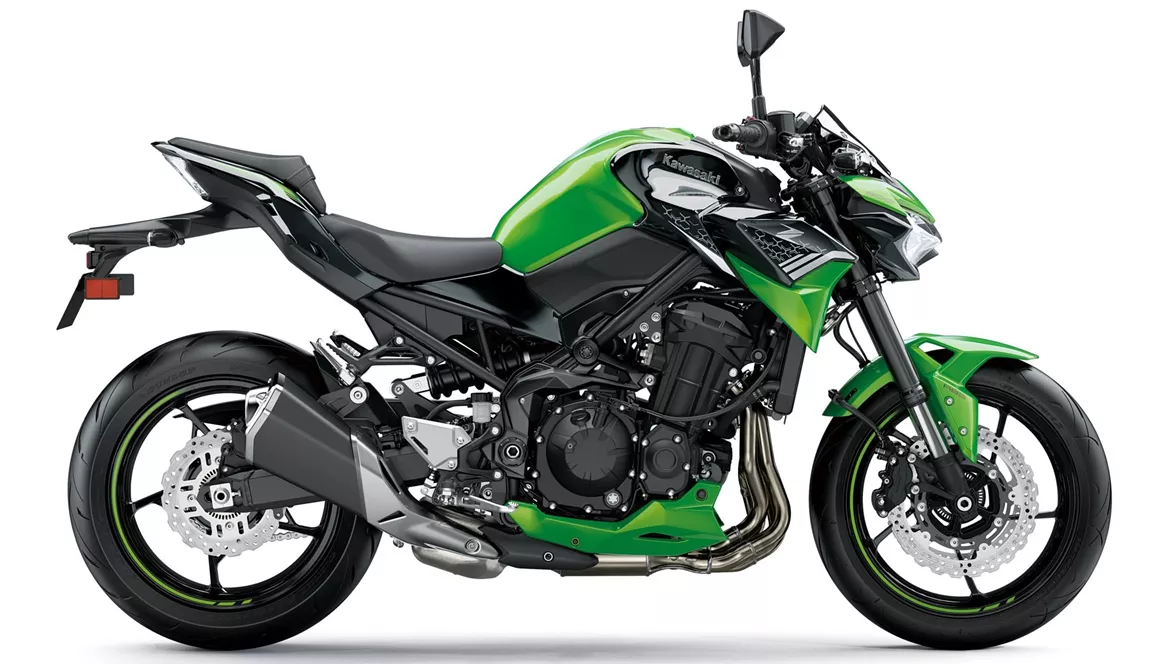
Kawasaki Z900 2020

Kawasaki Z1000 2013
Overview - Kawasaki Z900 2020 vs Kawasaki Z1000 2013
The Kawasaki Z900 2020 and the Kawasaki Z1000 2013 are both naked bikes from Kawasaki, but they have some notable differences in their technical specifications and overall performance.
In terms of engine and drive train, both bikes have an inline four-cylinder engine with liquid cooling. However, the Z900 has a smaller displacement of 948cc compared to the Z1000's 1043cc. This results in a slightly lower engine power for the Z900 at 125.4 HP, while the Z1000 boasts a more powerful 138 HP. The torque is also higher for the Z1000 at 110 Nm compared to the Z900's 98.6 Nm. Both bikes have a four-cylinder configuration, ensuring smooth power delivery.
When it comes to suspension, both bikes feature upside-down telescopic forks at the front. However, the Z900 offers adjustment options for preload and rebound, while the Z1000 provides additional adjustment options for compression. This allows for more precise tuning of the suspension to suit the rider's preferences and road conditions. The rear suspension on both bikes also offers adjustment options for preload and rebound.
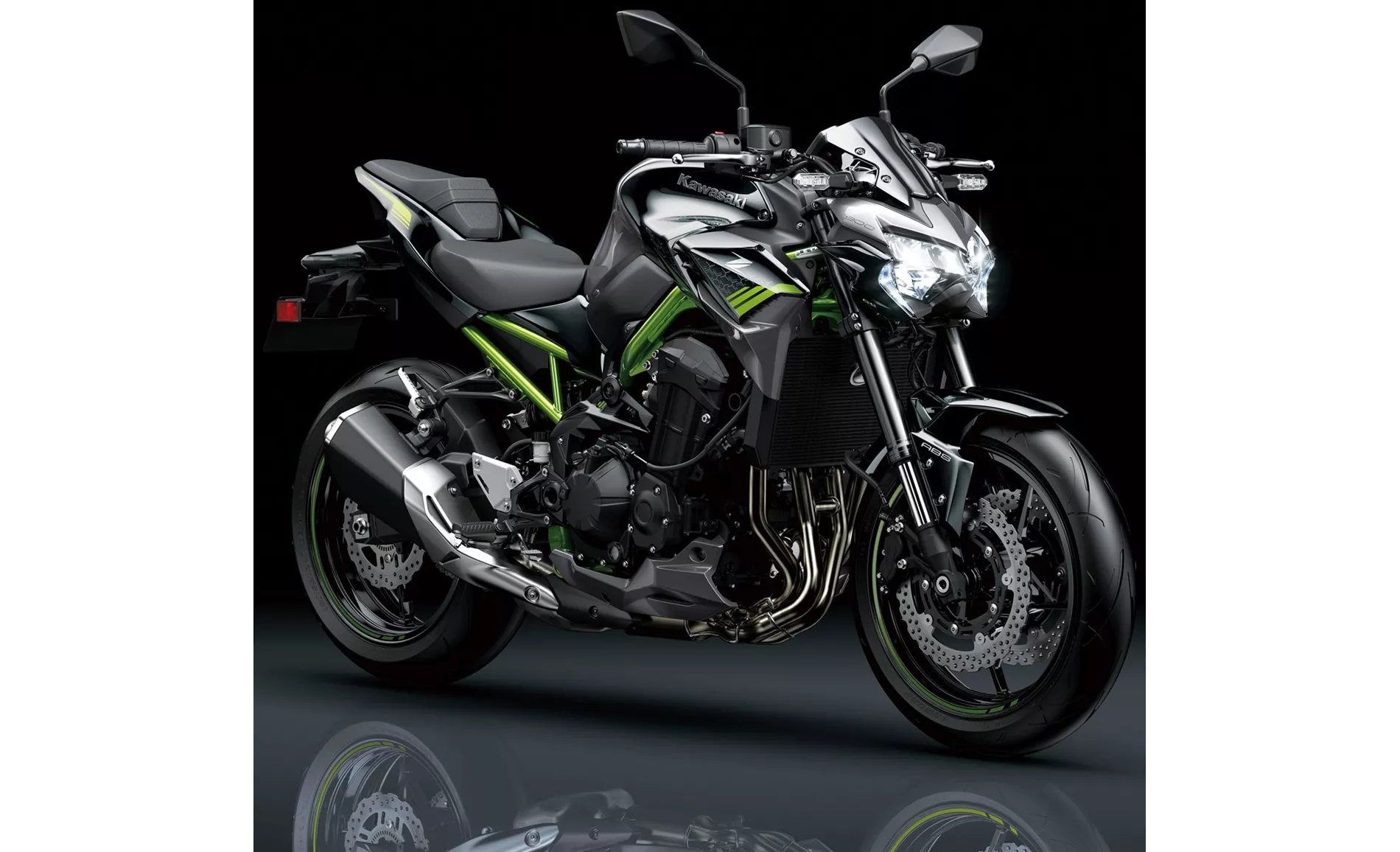
Kawasaki Z900 2020
In terms of chassis, the Z900 has a steel frame, while the Z1000 features an aluminum frame. The choice of material affects the overall weight and stiffness of the bike, with aluminum frames typically being lighter and more rigid. However, the Z900's double cradle frame design ensures stability and durability.
Both bikes have double disk brakes at the front with four pistons, providing strong and reliable stopping power. The Z1000 also features radial technology, which enhances braking performance. The front tire width is the same for both bikes at 120 mm, but the Z1000 has a wider rear tire at 190 mm compared to the Z900's 180 mm. Both bikes have a 17-inch front and rear tire diameter.
In terms of dimensions and weights, the Z900 has a slightly longer wheelbase at 1450 mm compared to the Z1000's 1440 mm. The seat height is also lower for the Z900 at 795 mm, while the Z1000 has a higher seat height at 815 mm.

Kawasaki Z1000 2013
When considering the strengths of the Z900, it offers a powerful four-cylinder engine, great handling, good equipment, aggressive looks, and value for money. On the other hand, the Z1000's strengths lie in its powerful engine, rich sound, and unique design.
However, there are also some weaknesses to consider. The Z900's menu navigation can be somewhat tiring, and it lacks the option for a quickshifter. The Z1000, on the other hand, does not have traction control and has a slightly nervous chassis.
In conclusion, both the Kawasaki Z900 2020 and the Kawasaki Z1000 2013 have their own strengths and weaknesses. The Z900 offers a more affordable option with good performance and handling, while the Z1000 provides a more powerful engine and unique design. Ultimately, the choice between the two will depend on the rider's preferences and priorities.
Technical Specifications Kawasaki Z900 2020 compared to Kawasaki Z1000 2013
Pros and Cons in comparison
Pros and Cons in comparison
Kawasaki Z900 2020
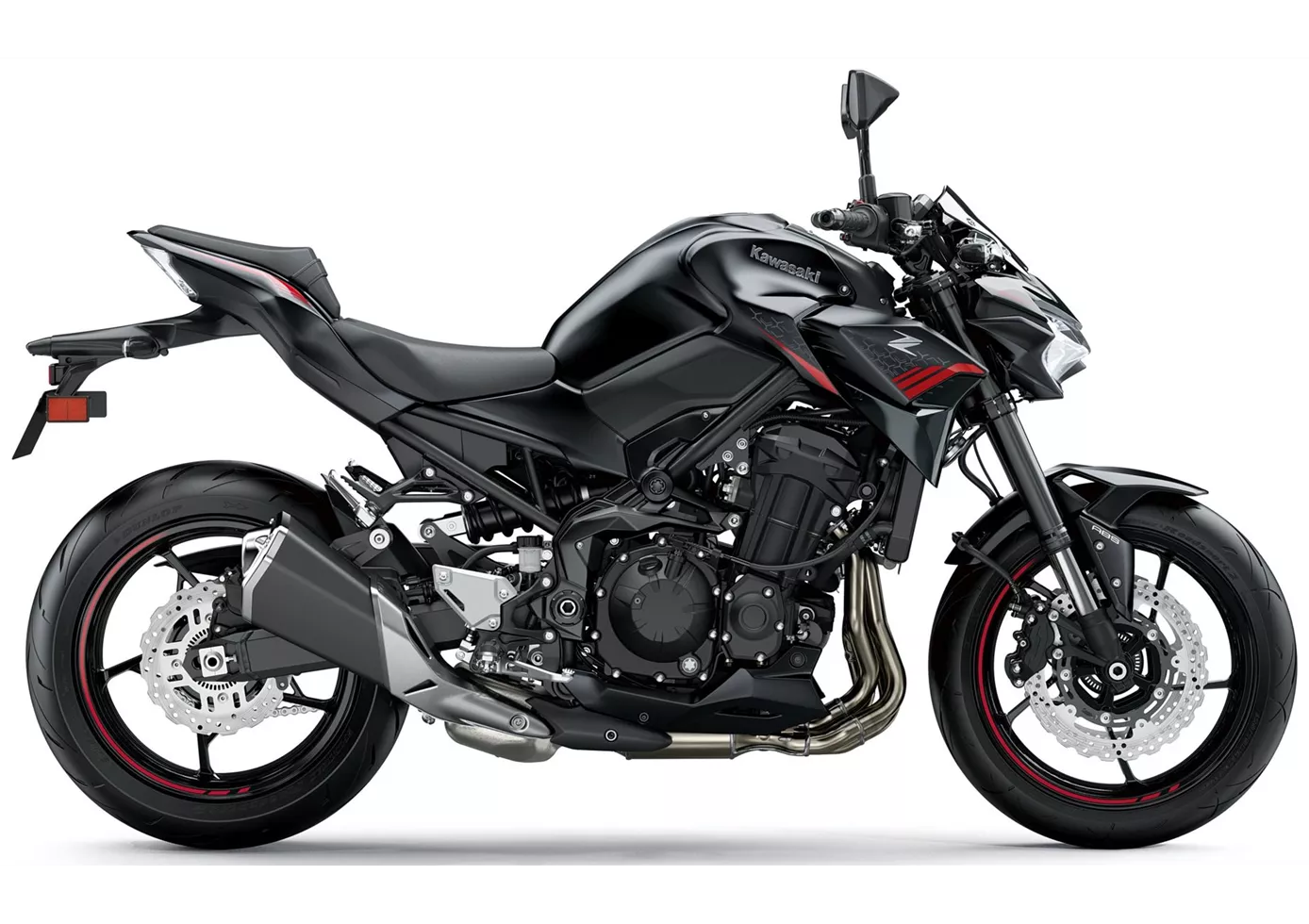
In terms of price-performance, the Kawasaki Z900 is hard to beat at the moment. With the perfectly tuned engine, the high-quality chassis components and the electronics added for 2020, this naked bike offers everything that sporty riders will be looking for. There is really nothing to complain about, even if the option of a quickshifter would have been a nice extra. Apart from that: great shot, Kawasaki!
Kawasaki Z1000 2013
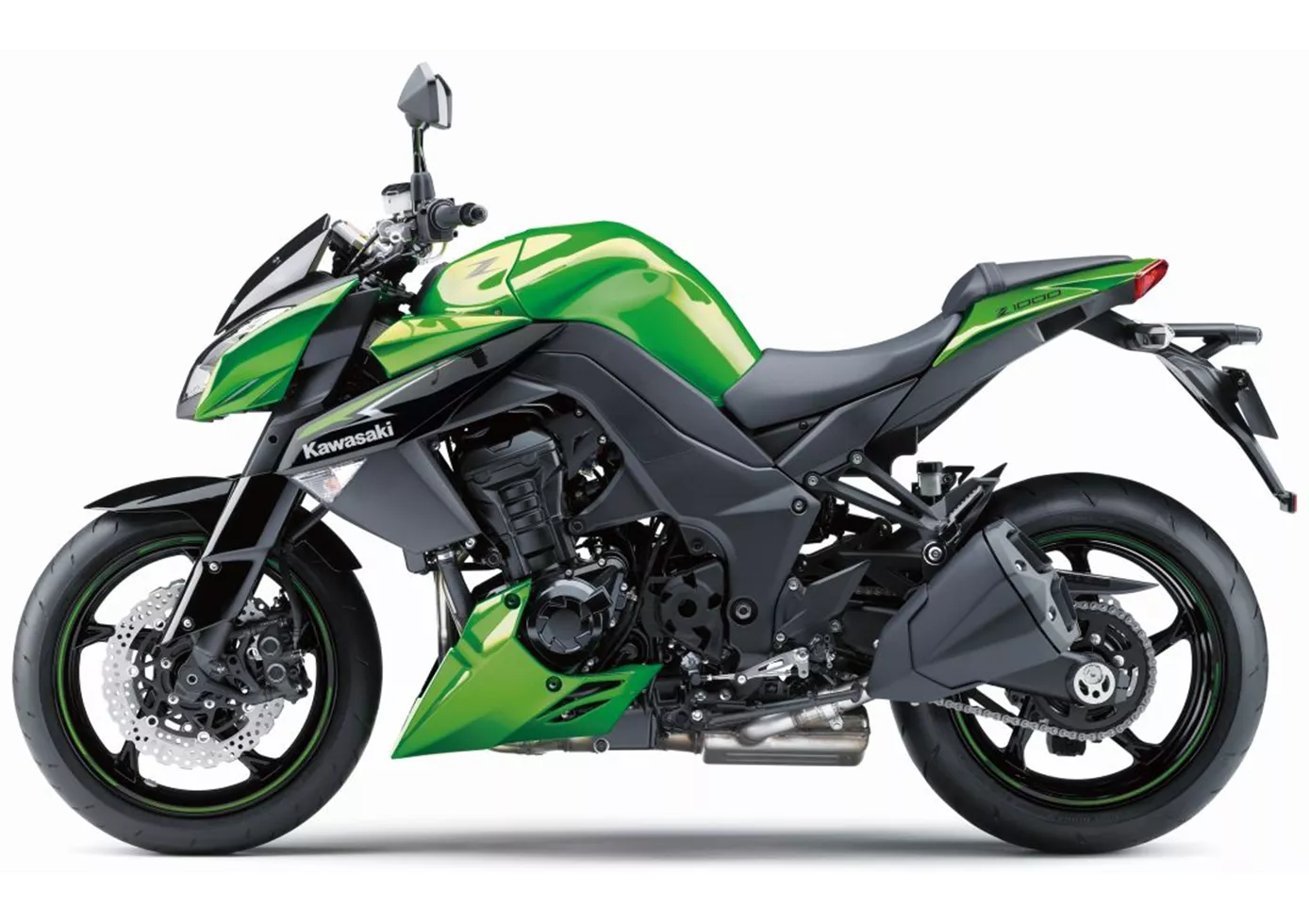
All in all, the new Z1000 is a successful further development of its predecessor. The lack of traction control is more of a marketing problem than a problem for end customers.
Price Comparison Avarage Market Price Kawasaki Z900 vs Kawasaki Z1000
There are a few key differences between a Kawasaki Z900 2020 and a Kawasaki Z1000 2013. In terms of price, the actual average price of a Kawasaki Z900 2020 is about 7% higher. Compared to Kawasaki Z1000 2013 there are more Kawasaki Z900 2020 bikes available on the 1000PS.de Marketplace, specifically 34 compared to 4. It takes less time to sell a Kawasaki Z1000 with 69 days compared to 124 days for the Kawasaki Z900. Since model year 2017 1000PS.de editors have written 46 reviews for the Kawasaki Z900 and 41 reviews for the Kawasaki Z1000 since model year 2005. The first review for the Kawasaki Z900 was published on 11/11/2016 and now has more than 93,200 views. This compares to more than 5,800 views for the first review on Kawasaki Z1000 published on 9/2/2002.
